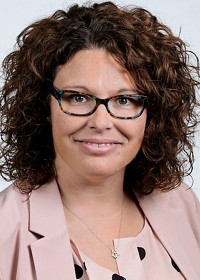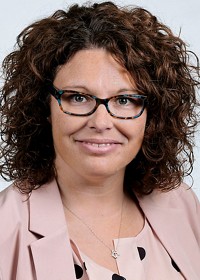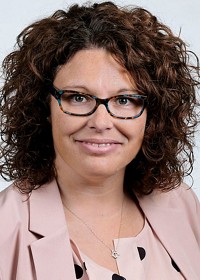Advertisement
Grab your lab coat. Let's get started
Welcome!
Welcome!
Create an account below to get 6 C&EN articles per month, receive newsletters and more - all free.
It seems this is your first time logging in online. Please enter the following information to continue.
As an ACS member you automatically get access to this site. All we need is few more details to create your reading experience.
Not you? Sign in with a different account.
Not you? Sign in with a different account.
ERROR 1
ERROR 1
ERROR 2
ERROR 2
ERROR 2
ERROR 2
ERROR 2
Password and Confirm password must match.
If you have an ACS member number, please enter it here so we can link this account to your membership. (optional)
ERROR 2
ACS values your privacy. By submitting your information, you are gaining access to C&EN and subscribing to our weekly newsletter. We use the information you provide to make your reading experience better, and we will never sell your data to third party members.
Environment
Supporting chemists with disabilities benefits us all
by John Johnston, Chair, ACS Committee on Chemists with Disabilities
October 2, 2017
| A version of this story appeared in
Volume 95, Issue 39
The Committee on Chemists with Disabilities (CWD) is blessed to have the support of the American Chemical Society. CWD promotes chemistry educational and professional opportunities for people with disabilities. In addition, the committee uses its resources for impact beyond the community of chemists with disabilities, for the betterment of ACS and society as a whole.
The committee helps promote the capabilities of people with disabilities with its posters of famous scientists who have disabilities. You may have seen them; these posters are displayed throughout various venues at ACS national meetings. At the request of teachers, CWD also produces bookmarks and posters for classroom use. By displaying these posters in schools, we encourage students with and without disabilities to overcome life’s hurdles and achieve their full potential.
By partnering with non-ACS entities, CWD is able to further use its resources. The American Institute of Chemical Engineers, for example, has invited CWD to help the organization set up a committee similar to CWD. As one becomes two and two becomes four, we envision a time when many scientific and nonscientific organizations create sister groups to promote the capabilities of people with disabilities.
Efforts to implement accessibility for those with disabilities extend benefits far beyond the disabilities community. Perhaps the most ubiquitous example is the curb cut, a wedge cut in an elevated curb to allow smooth passage between the sidewalk and the street. Curb cuts were originally designed to make public streets accessible to people who use wheelchairs (curb cuts were installed in 1945 to help disabled World War II veterans). You’ve probably benefited from curb cuts even if you don’t require a wheelchair. Perhaps you were pushing a stroller, rolling a suitcase, carrying a heavy package, or walking with crutches or a cane; curb cuts may have helped you.

CWD is also championing the use of closed-captioning in many ACS-produced videos and communication access real-time translation (CART) at meetings to increase accessibility for those with hearing challenges. Just like curb cuts, the benefits of these efforts are far-reaching. A study conducted by Oregon State University surveyed more than 2,000 students from 15 colleges and indicated that 98% of students feel that closed-captioning is helpful to them. Frequently cited benefits include improved accuracy, increased engagement, increased comprehension, and improved retention. Closed-captioning increases the efficiency of communication to the majority of the population.
CWD is working on integrating technologies to develop a universally accessible remote conferencing capability to permit CWD members with visual, hearing, and motor-skills disabilities to participate in conference calls between national meetings. When that capability becomes available, the benefits will extend far beyond CWD.
Finally, CWD recently initiated a travel award to bring a student or postdoc with a disability to ACS national meetings. Our first awardee, Amie Norton, recently earned her Ph.D. in chemistry from the University of Cincinnati. She has proposed, obtained funding for, and executed the “One Discovery Leads to Another” workshop, which is designed to excite incoming high school freshmen about the wonderful world of chemistry. From her graduate work, Amie has one patent and six invention disclosures on file with her university’s intellectual property office. She provides an excellent example of the capabilities of people with disabilities.
If you know of any students or postdocs who are eligible for this opportunity, please have them contact us at CWD@acs.org. By supporting the community of people with disabilities, CWD will continue to make life better for us all.
Views expressed are those of the author and not necessarily those of C&EN or ACS.






Join the conversation
Contact the reporter
Submit a Letter to the Editor for publication
Engage with us on Twitter